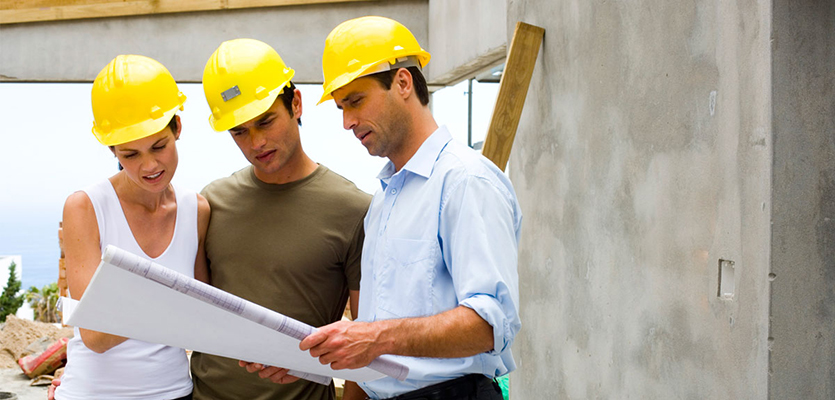A building dispute can be a stressful event for both the owner-builder and subbie. When it gets worse, it could be emotionally and financially draining for the parties.
Solving your building disputes effectively will prevent your problems from escalating to the worst-case scenario- court trials. The sooner you get to resolve the existing conflict, the faster it takes to resume construction and get compensation.
Here are some tips to help resolve and prevent a building dispute that applies from contract signing to the actual construction stage:
Know your contract.
Before signing the agreement contract, read its terms and conditions thoroughly. Better involve home designers or other people you need to work with as early as possible to construct a good contract.
A well-crafted building contract can save you from many troubles, so better state your terms and conditions clearly and completely. Many residential projects tend to skip this step. In result, changes are easily done, and disagreements are unavoidable.
Ask for samples of their previous works or products.
Knowing their work history can help you assess if you should continue to transact with your found subbie. You can also ask for reviews from the people they have work in the past.
This can help you check if they are dodgy subbie or not. If they are, then you should not even consider signing a contract with them.
Be responsive to your subbie.
Established good communication with your subbie. Speak to him/her all throughout the construction phase. Talk about your visions for the house, and don’t hesitate to ask questions if there is something you don’t understand.
This will keep you and your subbie on the same page, turning your envisioned house into a reality.
Record all milestones in the construction site.
Better keep a simple diary of all the construction milestones including the time and date of each. It will keep track of the time allocation and if the building process will be completed on the targeted schedule.
Also, it will help you pinpoint the events that led to the dispute. It can be a solid proof of what really happened in the construction site.
Keep your cool.
Once you get to spot a building mistake, you might want to control your emotions first. Mistakes are sometimes inevitable. It can always happen in a place with a lot of moving parts.
The best thing that you can do is to keep a clear head when approaching your subbie. Then, discuss together the actions they can do next to make up for the mistake. In short, do a negotiation.
Listen and try to understand the other party.
Try to exercise empathy when talking to your subbie. Know and understand their side while keeping your rights and their obligations in mind on the construction project.
Always enforce your legal rights but remember that your subbie is a human too.
Building Disputes Tribunals and Adjudication
When things are really going out of hand, it is better to resolve it through dispute tribunals. The tribunals’ procedure is not considered as court trials. Building dispute tribunals are offered by the government to settle such issues and misunderstandings. When parties cannot resolve it by themselves, they can lodge complaints to the tribunal. They can oversee the problems and propose building dispute resolutions.
If you analyse the situations, a building dispute boils down to one thing – miscommunication. Hence, the best way to effectively resolve a dispute is to exercise proper communication. Miscommunication is the root of problems so keep your communication lines open.
Avoiding a dispute can also save you from the stress brought by carrying out legal actions against your subbie. Trust us, that’s the last thing you would want to get through.


Comments 6
Hello There. I found your blog using msn. This is an extremely well
written article. I will be sure to bookmark it and come
back to read more of your useful info. Thanks for the post.
I will certainly comeback.
Hi, for all time i used to check blog posts here early in the daylight, as
i love to learn more and more.
I feel that is among the most vital info for
me. And i’m satisfied reading your article. However wanna
commentary on some normal things, The website style is ideal, the articles
is in point of fact great : D. Good task, cheers
It’s actually very difficult in this busy life to listen news on Television, so I simply use
internet for that purpose, and obtain the hottest
news.
I loved as much as you will receive carried out right here.
The sketch is attractive, your authored material stylish.
nonetheless, you command get got an impatience over that
you wish be delivering the following. unwell unquestionably come
further formerly again since exactly the same nearly a lot often inside case
you shield this increase.
There is certainly a great deal to learn about this issue.
I really like all the points you have made.